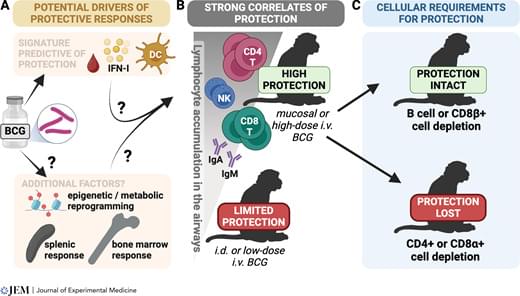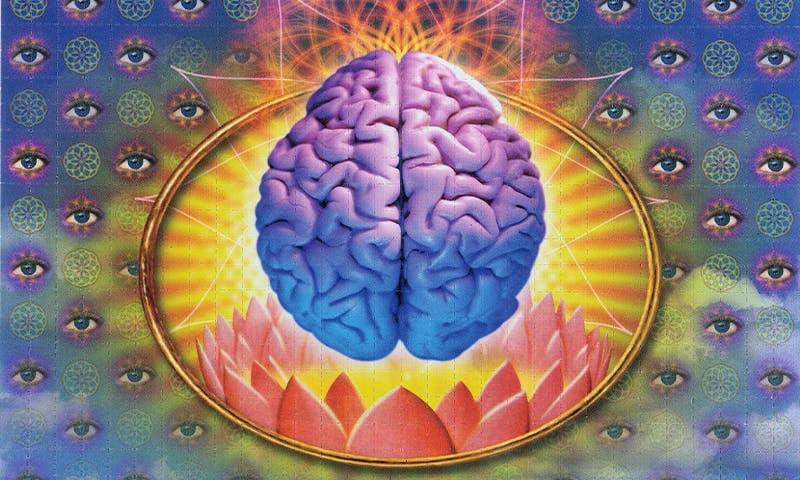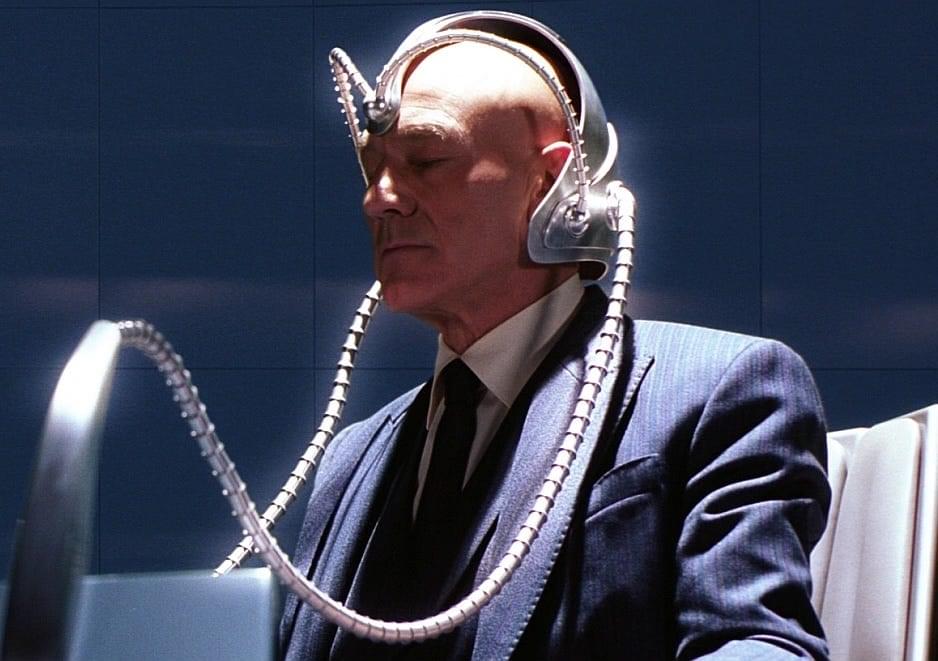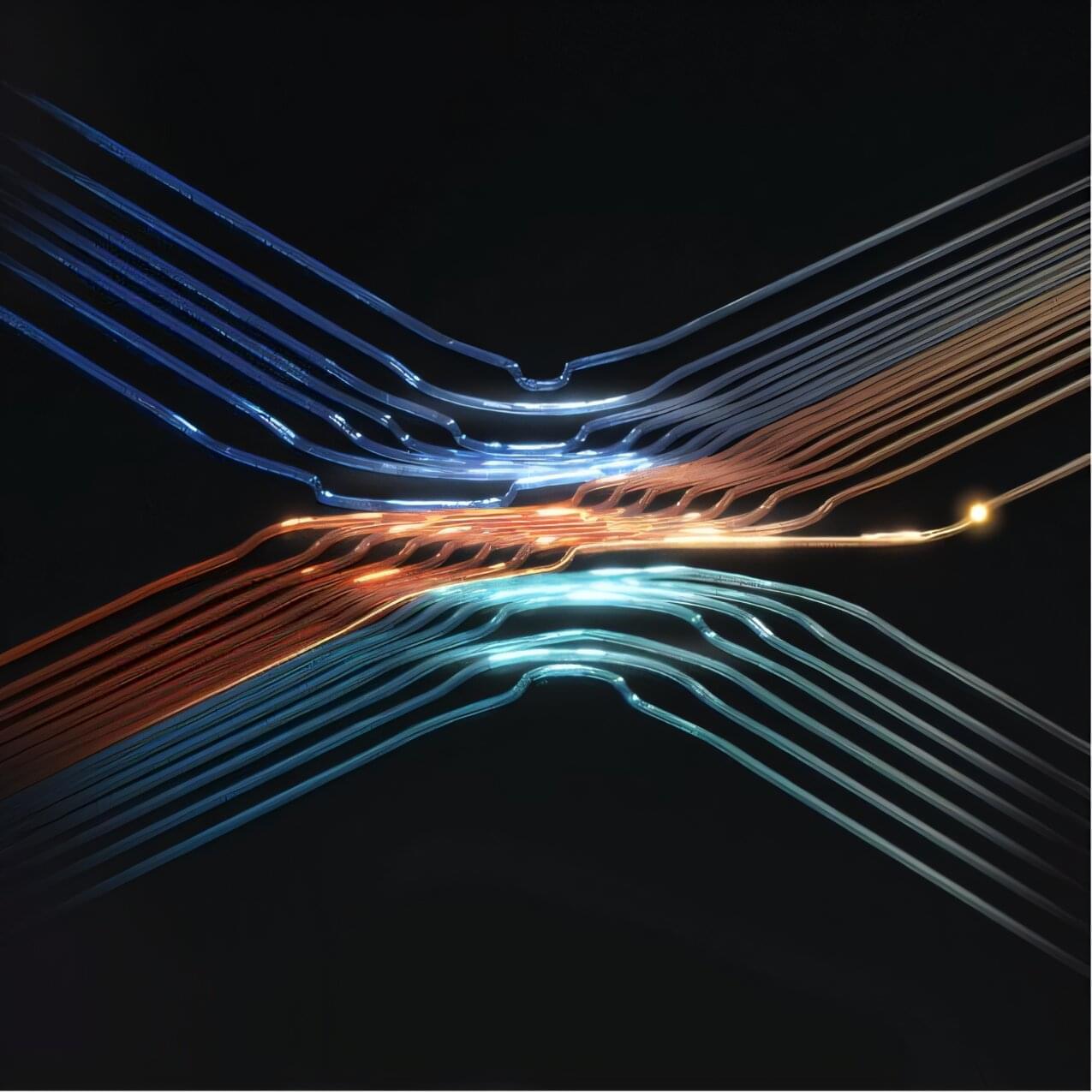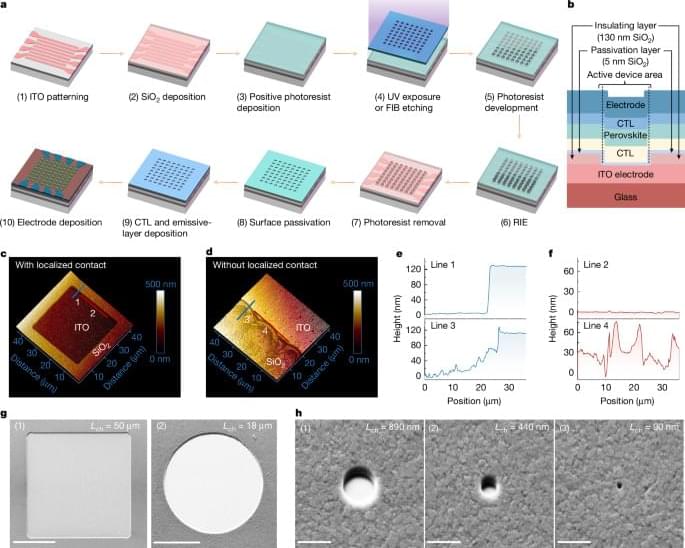Normal glucose regulation (NGR) for prediabetes remission.
Prediabetes remission to normal glucose regulation (NGR), in addition to standard weight loss, lowers type 2 diabetes (T2D) risk more than standard weight loss alone.
Remission of prediabetes to NGR should be considered in guidelines and recommendations for the delay and prevention of T2D.
Future studies will provide evidence whether or not prediabetes remission can protect against incident T2Drelated comorbidities such as cardiovascular and/or chronic kidney disease (CKD). https://sciencemission.com/Prediabetes-remission
Prediabetes is a highly prevalent and increasingly common condition affecting a significant proportion of the global population. The heterogeneous nature of prediabetes presents a challenge in identifying individuals who particularly benefit from lifestyle or other therapeutic interventions aiming at preventing type 2 diabetes (T2D) and associated comorbidities. The phenotypic characteristics of individuals at risk for diabetes are associated with both specific risk profiles for progression and a differential potential to facilitate prediabetes remission and reduce the risk of future T2D. This review examines the current definition and global prevalence of prediabetes and evaluates the potential of prediabetes remission to reduce the alarming increase in the global burden of T2D.
